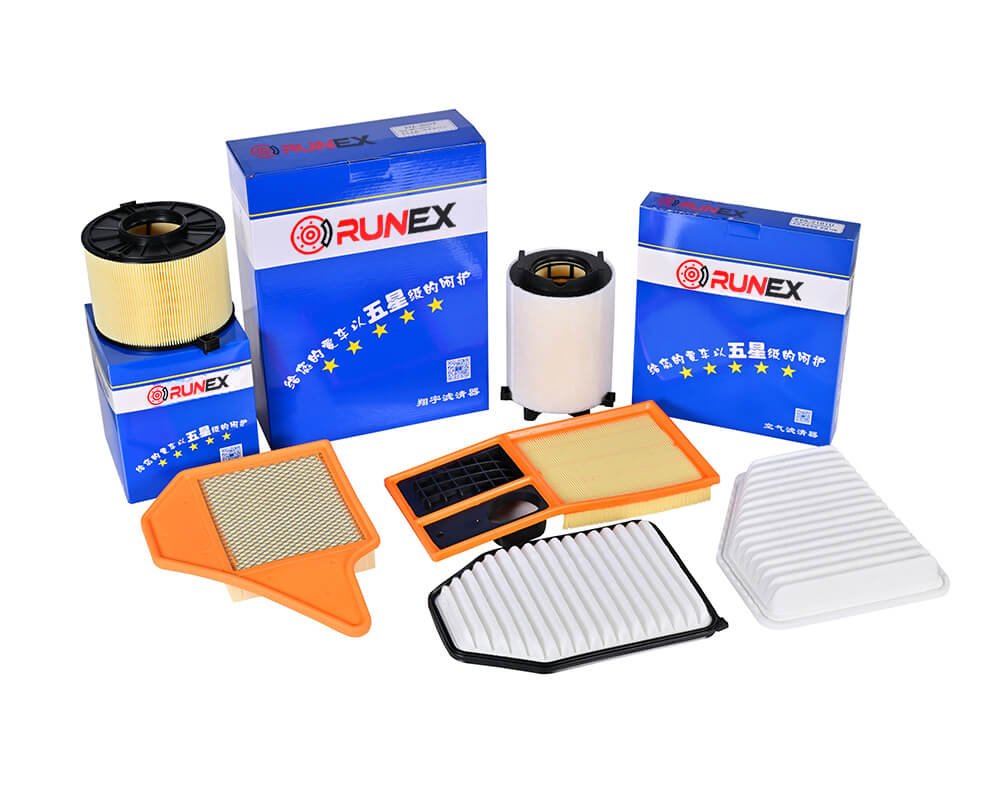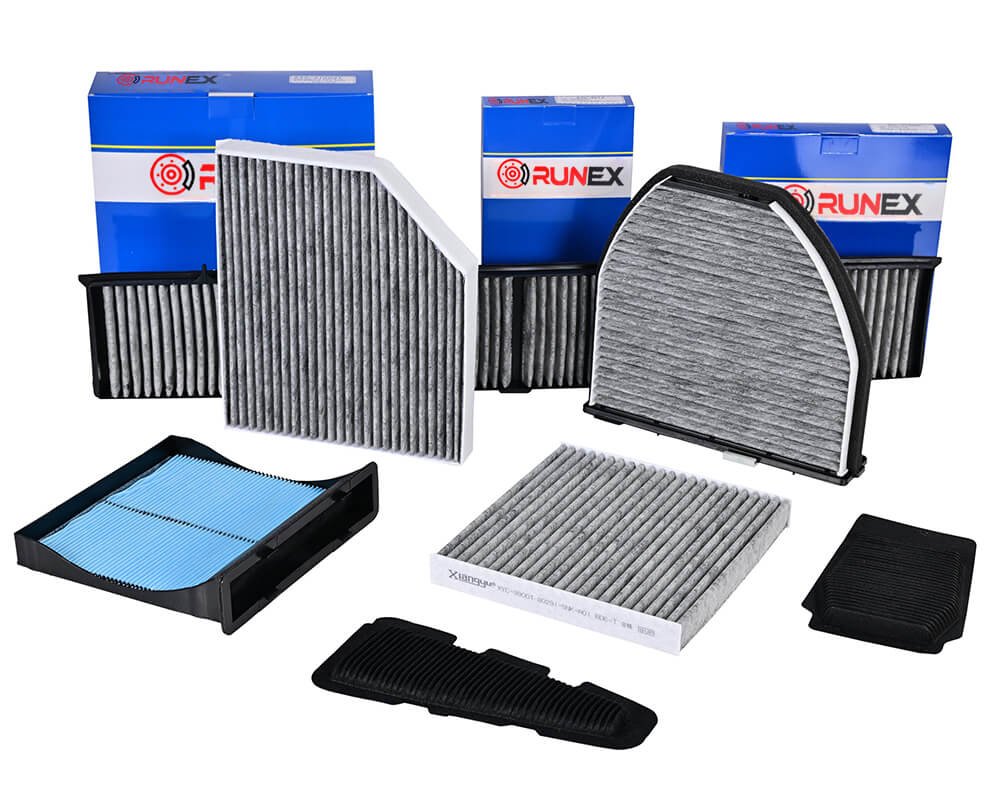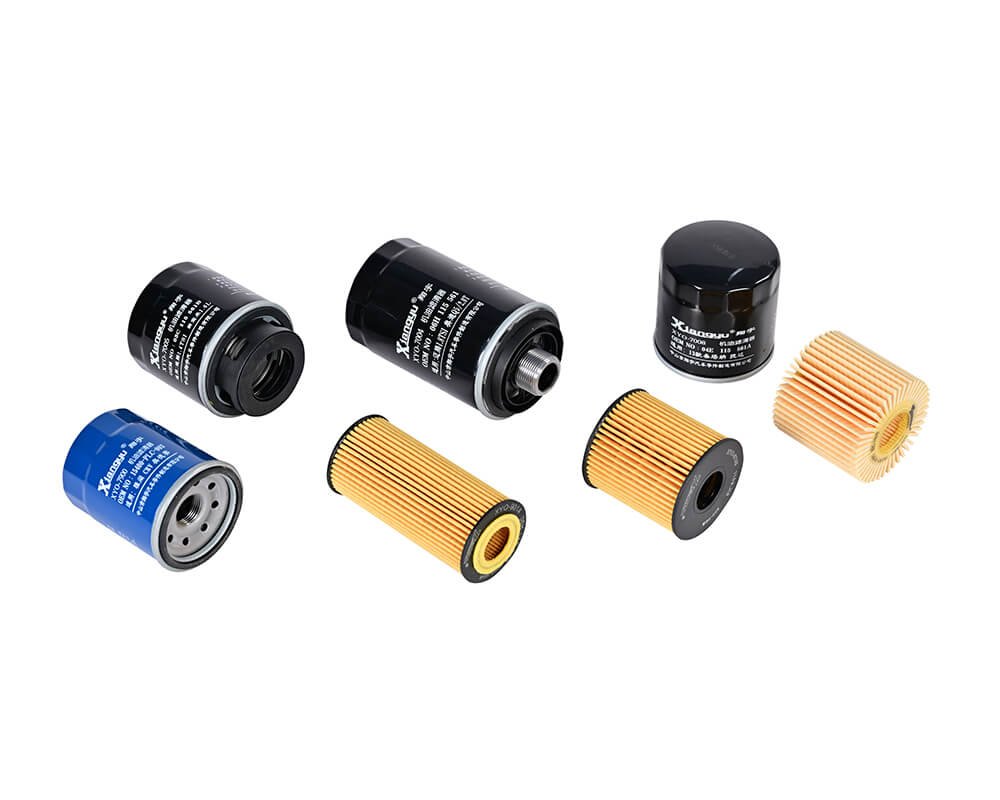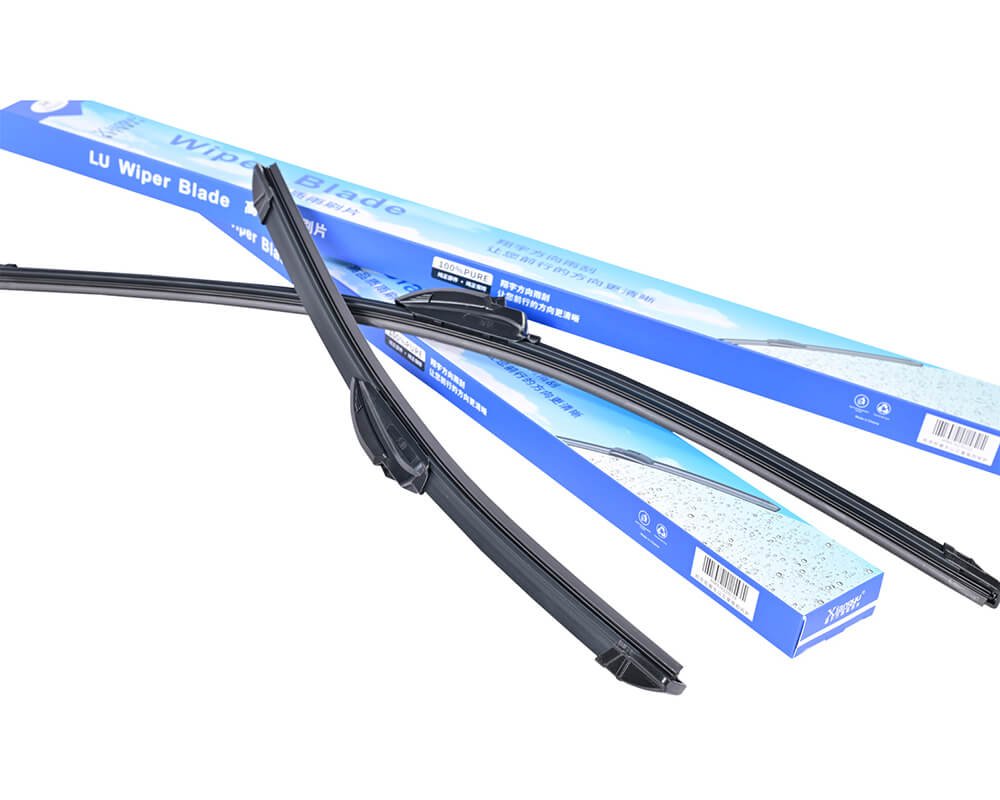I often see thick soot in filters. It makes me worry. Dirty filters slow the engine. They lower mileage and cut power. I felt stuck until I learned the root cause.
A black air filter often shows heavy soot from oil or incomplete combustion. It means your engine might burn oil or run rich, harming performance and economy. Clean or replace the filter to restore airflow and engine health.
I’ll walk you through common causes. You’ll learn what each filter color signals. By the end, you will know how to keep your Runex Auto filter working well.

Why would an air filter be black?
I once checked a fleet of trucks. All filters looked coated in black residue. Drivers reported rough idle and less power. I felt the need to find the exact cause quickly. Here is what I learned.
A filter turns black when soot, oil mist, or road dust collects in it. These particles stick to the filter media. They block airflow and choke the engine. Regular checks spot issues before they get worse.
Let’s dive into causes below.
Incomplete Combustion
Engines need a precise air–fuel mix. If it runs too rich, fuel burns unevenly. That leaves soot in the exhaust. It passes through PCV valves into the intake. The filter traps it and turns black.
Oil Blow-By
Worn piston rings or valve seals let oil escape into the combustion chamber. The PCV system vents oil vapor back to the intake. That oil coats the filter fibers and leaves a dark film.
External Contaminants
Driving in dusty or smoky areas adds fine particles. These dark specks build up fast on the filter surface. Harsh conditions speed the blackening process.
| Cause | Mechanism | Effect on Filter |
|---|---|---|
| Incomplete Combustion1 | Rich mixture → soot in crankcase → intake | Dark carbon layer |
| Oil Blow-By2 | Worn seals → oil vapor → PCV → filter surface | Oil film + trapped soot |
| Road Dust & Smoke | External particles drawn into intake | Gray/black dusty coating |
By spotting a black filter, I traced it to oil blow-by in one case. A simple valve change cleared the issue. Now filters stay clean much longer.

What color is a bad air filter?
I used to think only black meant bad. Then I saw gray, brown, and even white filters fail airflow tests. Each hue tells a story. I felt curious and dug deeper.
A bad air filter may look dark brown, gray, or even oily black. New Runex filters start light tan. Any darker shade shows trapped dirt, soot, or oil. Change the filter once it shifts beyond medium brown.
Keep reading to learn how to judge by color.
New vs. Used Filter Colors
- New Runex Filter: Light tan or off-white.
- Moderately Used: Light brown, slight gray—still OK.
- Bad Filter: Dark brown, gray-black, oily sheen.
Color Guide Table
| Filter Condition | Color Range | Action |
|---|---|---|
| New | Tan/off-white | No action |
| Lightly Used | Light brown/gray | Monitor, next service |
| Heavily Soiled | Dark brown/black | Replace immediately |
| Oily Coating | Black sheen | Inspect for oil leak |
When to Replace
I learned that a filter’s color alone is not enough. I check pressure drop3 too. Runex filters4 hold up to 12% more debris before blocking flow. Yet, once color darkens past brown, change it.
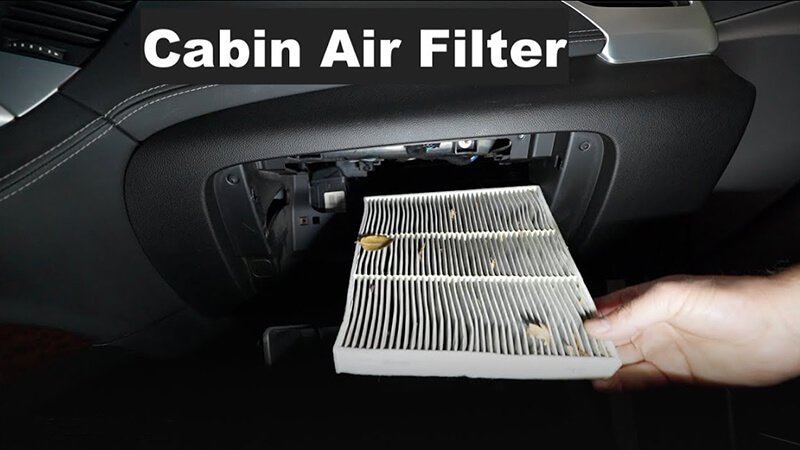
What do different color air filters mean?
I saw filters in many hues. I cataloged them on my workbench. Each shade had a cause and a fix. I felt more confident diagnosing issues after that.
Filter colors help pinpoint issues: light brown shows normal use; gray hints at heavy dust; black suggests oil or soot; white with oil spots signals oil leaks. Use color as a quick check, then confirm with tests.
Below, I break down each color and its meaning.
Color Breakdown
- Light Brown
- Cause: Normal road dust
- Action: Clean or replace at scheduled interval
- Gray
- Cause: Fine dust or pollen overload
- Action: Replace filter sooner; consider cabin air filter if pollen is heavy
- Black
- Cause: Soot or oil vapor
- Action: Inspect PCV system and valve seals
- White Spots
- Cause: Water or oil droplets
- Action: Check for intake leaks or condensation
Structured Comparison
| Color | Primary Cause | Secondary Cause | Recommended Check |
|---|---|---|---|
| Light Brown5 | Normal dust | Road grit | Filter life schedule |
| Gray6 | Fine dust/pollen | Heavy pollen seasons | Cabin filter check |
| Black7 | Soot from combustion | Oil mist from PCV | Engine diagnostic |
| White Spots | Water condensation | Oil droplets | Intake leak test |
Diagnostic Steps
- Visual: Note color, patches, and patterns.
- Pressure Test: Measure airflow resistance.
- System Check: Inspect PCV, valve seals, and crankcase vent.
- Record Findings: Log filter life and date of change.
In one case, I saw white spots on a filter after a rain drive. It came from water in the intake. A seal fix solved the problem.

Are you supposed to vacuum the black filter of an air filter?
I once tried vacuuming a heavy-soiled filter. It seemed to work first. But soon the engine ran rough again. I found a better way by testing each method.
Vacuuming may remove loose dust but won’t clean deep soot or oil film. For a blackened Runex filter, cleaning won’t fully restore its performance. It’s best to replace the filter to keep engine efficiency and protect your motor.
Here is why replacement beats vacuuming.
Limitations of Vacuum Cleaning
- Surface Cleaning Only
A vacuum grabs loose particles. It leaves embedded soot and oil. - Media Damage Risk
Strong suction can tear filter fibers. That cuts service life. - Incomplete Restoration
Airflow still lags by 20–30% after vacuuming.
Runex Auto Cleaning Specs
| Cleaning Method | Debris Removal | Media Integrity | Airflow Restoration |
|---|---|---|---|
| Vacuuming8 | Low | Risk of damage | Partial |
| Compressed Air9 | Medium | Minor stress | 60–70% restored |
| Replacement10 | 100% | Full integrity | Full |
Best Practice
- Inspect filter color and resistance.
- Light Dust: Use gentle compressed air from clean side out.
- Heavy Soiling: Replace with a new Runex filter.
- Log date and mileage of change.
I tried compressed air once. It helped more but still left a thin film. I now replace filters that look black. It keeps engines running strong without guesswork.

Conclusion
I hope this guide helps you read your air filter11 by color. A black filter often means soot or oil from engine issues. Gray or brown shows dust buildup. Each hue tells a story. Vacuuming only fixes light dust. For heavy soiling, replace the filter. At Runex Auto, we design filters to keep airflow high and protect your engine. Check your filter regularly and swap it out when color shifts. You’ll save fuel, boost power, and prevent engine damage.
-
Understanding incomplete combustion can help you improve engine efficiency and reduce emissions. Explore this resource for detailed insights. ↩
-
Learn how oil blow-by impacts engine performance and maintenance. This resource provides valuable information for car owners and mechanics. ↩
-
Understanding pressure drop is crucial for filter maintenance; this link provides in-depth insights. ↩
-
Explore this link to understand the unique features and benefits of Runex filters for better maintenance. ↩
-
Understanding the implications of Light Brown can help you maintain your air filter effectively and ensure optimal performance. ↩
-
Exploring the meaning of Gray can guide you in timely filter replacements, especially during pollen-heavy seasons. ↩
-
Learning about the significance of Black can help you address potential engine issues early, ensuring better vehicle health. ↩
-
Understanding the limitations of vacuuming can help you make informed decisions about filter maintenance and improve your cleaning methods. ↩
-
This resource will explain the effectiveness of compressed air in filter cleaning, highlighting its advantages over traditional vacuuming methods. ↩
-
Exploring this resource will provide insights into the benefits of filter replacement over vacuuming, ensuring optimal engine performance. ↩
-
Finding the best OEM Air Filter from Runex Auto. ↩




